Steps a Salesforce Partner Follows to Set Up Your CRM
Salesforce CRM has become a critical tool for businesses of all sizes to manage customers and drive growth. A well-implemented Salesforce CRM can unify data, improve sales productivity, and deepen customer relationships. For example, nearly 90% of Fortune 500 companies now rely on Salesforce to manage their business interactions, and startups find that a good CRM “increases productivity, strengthens customer relationships, and improves [their] bottom line”. Nonprofits use CRM technology to organize donors and volunteers and track mission-driven outcomes. In practice, organizations often engage a Salesforce implementation partner early on to guide this complex setup. A certified partner brings industry knowledge and technical expertise to ensure your CRM is configured correctly and that your team is ready to use it.
Step 1: Discovery & Planning
The first step a Salesforce partner follows is a thorough needs assessment. The partner’s consultants will meet with stakeholders across your company – from sales and marketing to customer service and IT – to gather requirements and define goals. They’ll ask questions like: What processes are we automating? Which data do we need? What outcomes do we expect? By understanding your objectives (for instance, tracking sales leads for a retail startup or managing donor communications for a nonprofit), the partner can tailor the CRM plan to your needs. This initial discovery phase may include workshops or whiteboarding sessions. For example, a partner might map out a startup’s lead-to-deal pipeline or document a nonprofit’s donation workflow. The output is a project plan and timeline, ensuring everyone knows what to expect. This clear plan guides the entire implementation and aligns with your Salesforce implementation partner’s responsibilities.
Step 2: System Design & Configuration
With requirements in hand, the partner designs the Salesforce solution. This involves configuring Salesforce (Sales Cloud, Service Cloud, or other modules) to match your business processes. The partner will create custom fields, objects, and automation rules as needed – for example, setting up custom sales stages for an SME or automating lead assignment rules for an enterprise sales team. They also configure security settings and user permissions so each team member sees the right data. In practice, a partner might build dashboards for a customer support team or automate email reminders for overdue tasks. According to Salesforce best practices, this customization step “adjusts settings” and integrates Salesforce with other tools like email or marketing apps. A real-world illustration: a partner configures Salesforce for a growing retail company by setting up an inventory integration, linking the store’s order system to Salesforce so reps see stock levels. Throughout, the partner documents the design in a technical roadmap and may prototype features for feedback. By the end of this step, the Salesforce org is personalized to your business, ready for data and user testing.
Step 3: Data Preparation & Migration
Next, the partner tackles data preparation and migration. This critical step ensures your existing data (leads, contacts, accounts, products, etc.) is cleansed, formatted, and imported into Salesforce accurately. The partner will usually start by auditing data quality: removing duplicates, standardizing formats, and filling gaps. For example, if a nonprofit has donor lists in Excel, the partner will ensure name and address fields match Salesforce’s format. Once cleaned, the partner uses tools (like Salesforce Data Loader) to migrate data from legacy systems. According to Salesforce documentation, “CRM data migration is the process of transferring data from one CRM system to another”. In real-world terms, a partner might migrate five years of client records and support tickets into Salesforce, carefully mapping each column to the correct field. They often perform test imports in a sandbox org to catch errors. Proper data migration avoids issues later; for example, migrating incomplete data can lead to missing sales info, so partners take time to verify data integrity. After import, they might run reports to confirm counts, ensuring that crucial customer history carries over smoothly.
Step 4: Integration & Testing
A Salesforce partner also handles system integration and rigorous testing. Integration means connecting Salesforce to other business systems. For instance, a partner might integrate Salesforce with an accounting system (so sales data flows into finance), with a marketing platform (synchronizing contacts), or with an e-commerce site (updating orders). During design, the partner maps these integrations; during implementation, they configure them. After building integrations and customizations, the partner conducts comprehensive testing. This often includes unit tests, system tests, and user acceptance testing. The partner or consultant will simulate real scenarios: “What happens when a new order is placed?” or “Can a service rep log and resolve a customer issue end-to-end?” They check that workflows fire correctly and data flows as expected. The Salesforce guide advises testing features like user permissions and automation to “identify any issues or bugs”. A typical example: before go-live, a partner might run a pilot test with a small group of users, gathering feedback. If a bug is found (say, duplicate leads being created), the partner corrects it. This step ensures that when the system launches, it works as intended. Having a partner on hand at this stage is invaluable: they can quickly fix technical issues. As Salesforce notes, having IT support or a CRM implementation partner ready can smooth the onboarding process.
Step 5: Training & Change Management
As the system nears readiness, the partner shifts focus to people. They train your users and support change management. A Salesforce expert will conduct training sessions (onsite or virtual) to teach staff how to use the new CRM. This may involve hands-on workshops, creating user manuals, or assigning Trailhead learning paths. For example, sales reps learn how to enter leads, and customer service agents learn to log cases. The partner might also train administrators on how to make future tweaks. According to Salesforce best practices, training “helps your team feel more comfortable,” using a mix of partner-led sessions and resources. Real-world example: a partner could run a lunch-and-learn for a nonprofit’s fundraisers, showing how to track donations in Salesforce, or produce short how-to videos for remote employees. The key is to boost user confidence so adoption is high. Throughout this step, the partner also helps communicate changes: they may send out rollout emails, set up a help desk, and ensure stakeholders know how Salesforce will improve their workflow. Effective training and communication reduce resistance; it’s common that “in the beginning, teams could face a few problems” adapting to a new CRM, and a consultant’s guidance smooths that transition.
Step 6: Go-Live & Support
Finally, the partner manages the go-live and ongoing support phase. The go-live might be scheduled during a quiet period (like a weekend) to minimize disruption. On launch day, the partner often provides on-call support. They monitor the system for any issues and help staff with any immediate questions. For example, if a sales rep can’t find a record or a report isn’t showing data correctly, the partner troubleshoots quickly. After go-live, the partner does an evaluation of how the system is performing against initial goals. Salesforce recommends gathering user feedback and continuing to refine the setup. Many partners offer a support period post-launch: they may address minor enhancements (like adding a field requested by users) or monitor performance. In practice, a partner might meet weekly in the first month to fix issues and adjust workflows. This ongoing phase ensures that your CRM keeps improving. As one guide notes, CRM experts “analyze business processes, configure the platform to align with your goals, and train your team,” then continue to fine-tune features to streamline operations. The partner’s support helps your team embrace the new system so Salesforce truly becomes a well-oiled part of your business.
FAQ: Choosing the Right Salesforce Implementation Partner
- How do I find a qualified partner?
Look for a partner with official Salesforce certifications and relevant industry experience. Certified credentials (like Salesforce Certified Administrator or Consultant) ensure the team knows the platform. Check their client case studies or ask for references. Partners often list specializations (Sales Cloud, Service Cloud, or nonprofit, etc.).
- What should I consider about partner size or location?
A smaller boutique partner may give personalized attention, while a larger firm may bring more resources. Consider what fits your company culture and budget. Also ensure they have good communication practices – a partner should serve as an extension of your team. It’s important they ask about your processes and goals from the start (demonstrating what Salesforce refers to as “analyze business processes” to tailor the solution).
- What is their support model?
Ask if they offer post-implementation support, training, and documentation. A good partner stays engaged after launch to help with any issues. As noted in Salesforce guidance, having a partner “on hand to address any issues” during onboarding can greatly ease the transition.
- How do they ensure success?
Expect the partner to set clear targets and milestones for your project (tracking progress throughout) and to keep communicating updates. They should also emphasize user adoption – for example, by providing training materials – because a well-adopted CRM delivers maximum benefit.
Conclusion
Working with a knowledgeable Salesforce implementation partner ensures your CRM is set up efficiently and effectively. The right partner not only configures the system but also brings best practices to help you realize the full benefits of Salesforce. With their guidance, you gain a customized system that unifies your data and streamlines processes – improving sales productivity, enhancing customer service, and enabling data-driven decisions. Furthermore, expert support from a partner reduces risk: they mitigate issues like data loss or downtime during migration.
By following these structured steps (discovery, design, migration, testing, training, and support), a Salesforce partner turns implementation into a smooth, collaborative project. When you’re ready to transform your business with a robust CRM, reach out to a certified Salesforce implementation partner. Their expertise will help you unlock the full power of Salesforce CRM and keep your organization moving forward.




